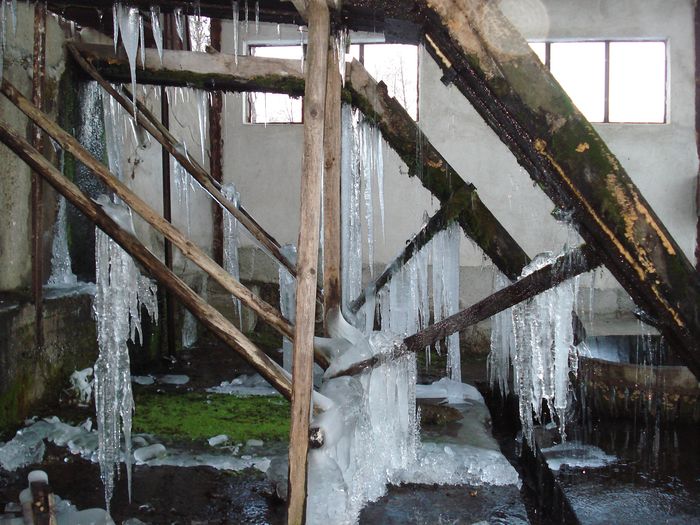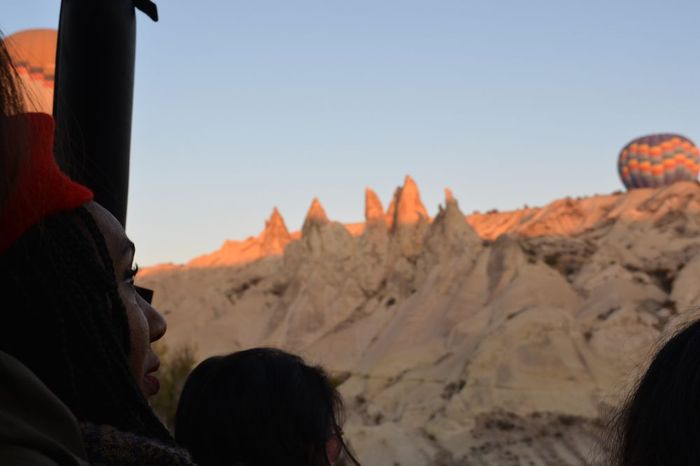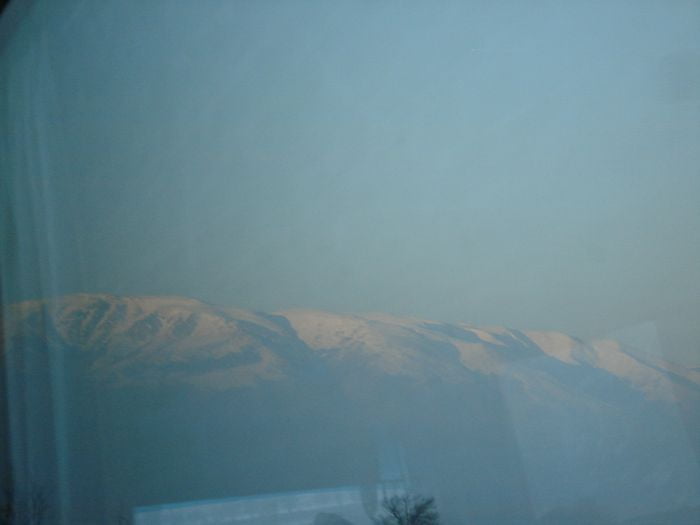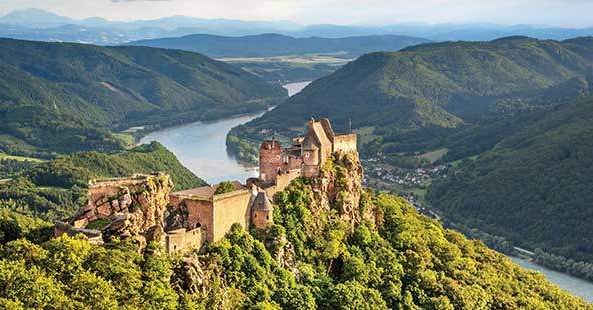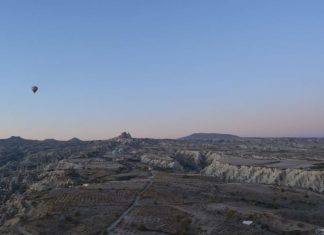The Euro-Asian map from Hindu Kush in the east to the Italian Peninsula in the west shows at least 8 state organisations of the Bulgarians established from the second half of the 1st millennium BC and the beginning of the 1st millennium AD until the modem age. Balhara is in the territory of ancient Baktria in present Northern Afghanistan where in the 20s of the 4th century BC Alexandar the Great lived briefly along with the invincible Bulgarians. Balhara was followed, according to Greek written sources, by Old Great Bulgaria founded between the Caspian Sea and the Black Sea in Northern Caucasus.
“Bazgun is a land with its own language, which extends and borders on the Caspian gates and on the sea which are in the Hun area. Beyond the gates [live] the Burgars with their [own] language, a nation pagan and barbarian; they have towns… ”
The beginning of the new formation was laid in 165 AD according to the dating in the Name-List of Bulgarian Kans; in the 5th century, it was a powerful group of Caucasian peoples headed by a Bulgarian royal dynasty.
Bulgaria and Byzantium
That earliest Bulgarian state in Europe already, existed until the 60s of the 7th century after passing through a long period of prosperity during the rule of Kan Kubrat in the first half of the same century. At the time of Kan Kubrat, Bulgaria and Byzantium for the first time had documented diplomatic relations and, more importantly, the Bulgarians reinforced their contact with Christianity. Kubrat`s Bulgaria had a recognised mission of all Bulgarian states – to be the “shield of Europe” against invaders from the east in the course of decades in different epochs. The mighty advance of the Khazars to the west overcame the resistance of the ruler and the sons of Kubrat, together with some commanders, sought new territories to the south, northeast and west and a new border of the state on the Dnepar River.
In Caucasus Armenia, a state formation was established under the rule of Vanand, a name and a nickname meaning `brave`, and given to the Bulgarian Kan by Armenian chroniclers. His people thawed out relatively quickly but remained with its glory in Armenian history because it took part in the defence of Christianity in the battle at Avarair Field in 451.
Kan Kotrag, son of Kubrat, formed Bulgaria on the Volga or Volga Bulgaria to the northwest of Old Great Bulgaria. It existed until the 13th century when the Mongols occupied it. In the years of its prosperity, the influence of that state extended from the estuary of Volga in the Caspian Sea to the regions near the Arctic Ocean, in the northeast – to the Urals, in the west – to the Russian Ryazan Principality. In certain periods, Volga Bulgaria bordered on the Muromsk and the Vladimir-Suzdal Principalities. In that space, which at times covered 1,600,000 square km, a typical urban culture developed, which stimulated all major sectors of economy, including the minting of coins. Modem archaeology reveals the magnificence of Veliki Bolgar – the Bulgarian capital on the Volga – and of other towns, which rivalled the famous centers in Euro-Asia in architecture and way of life.
Read More about History of Bulgaria part 3
